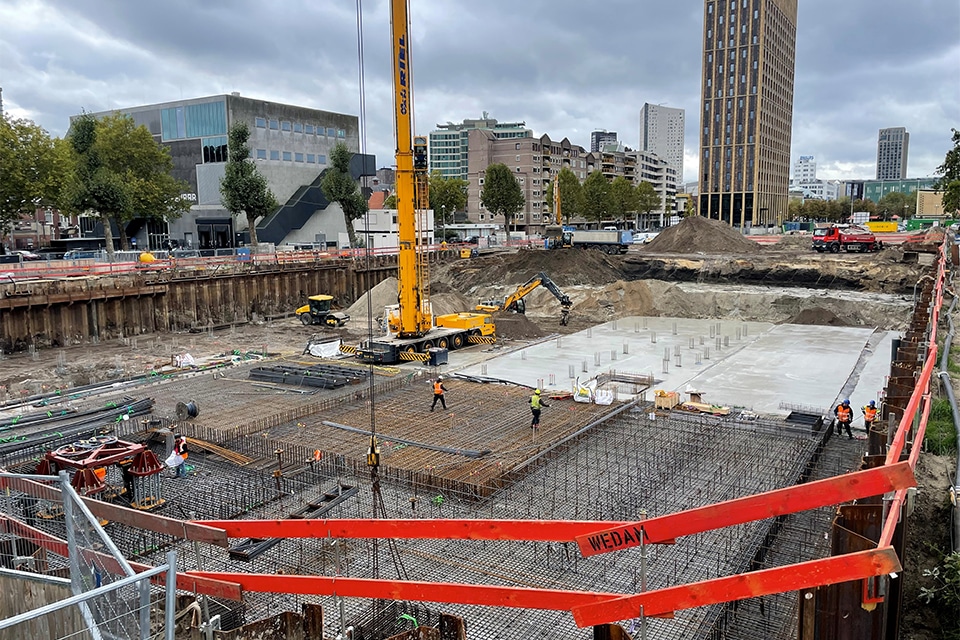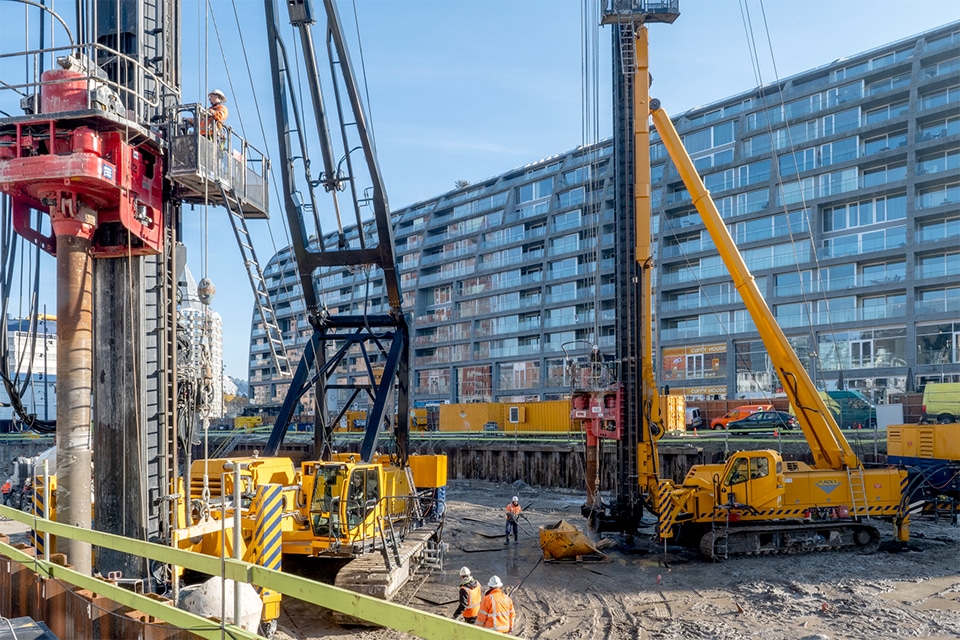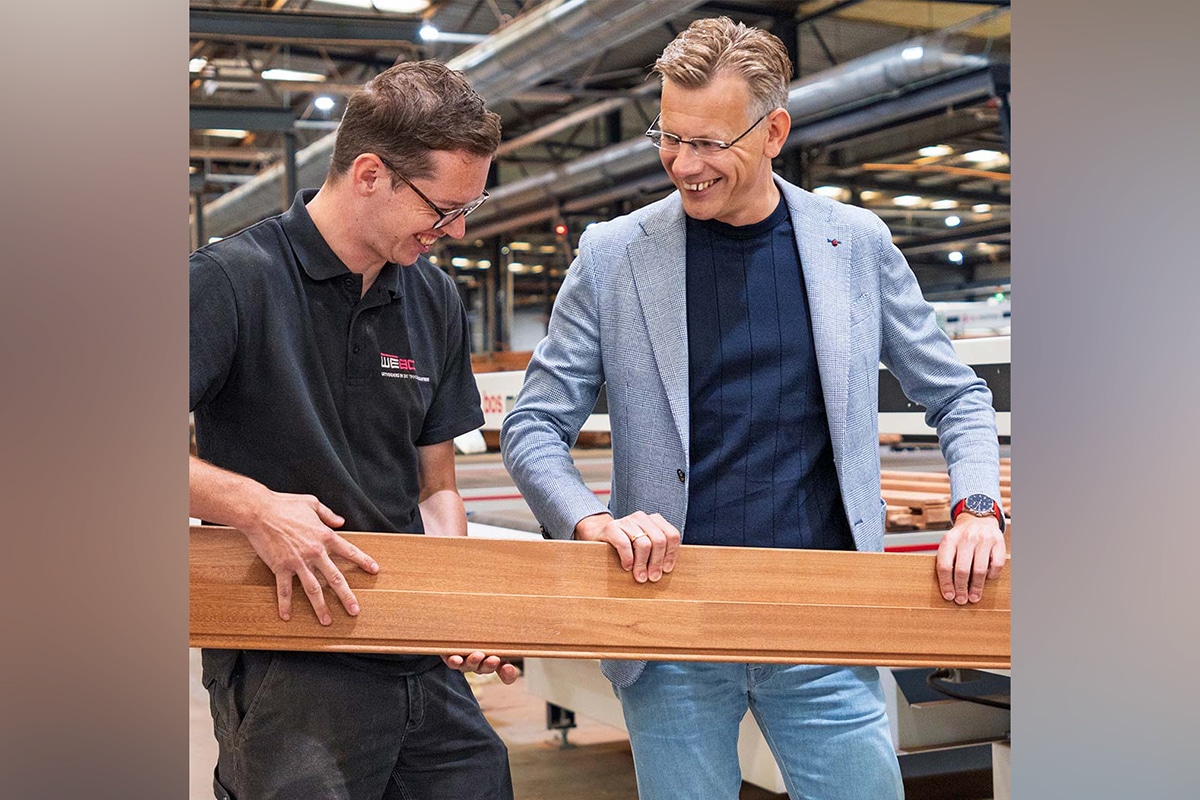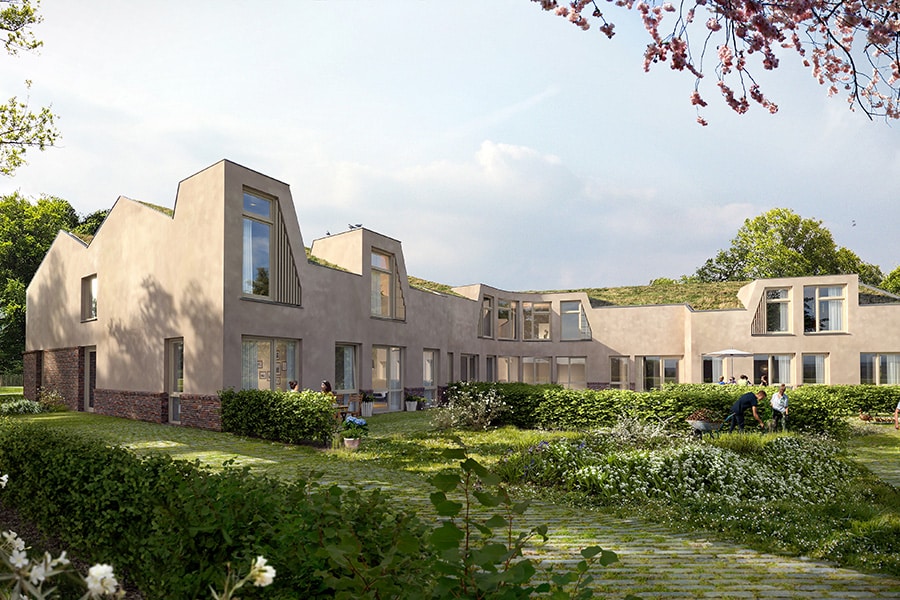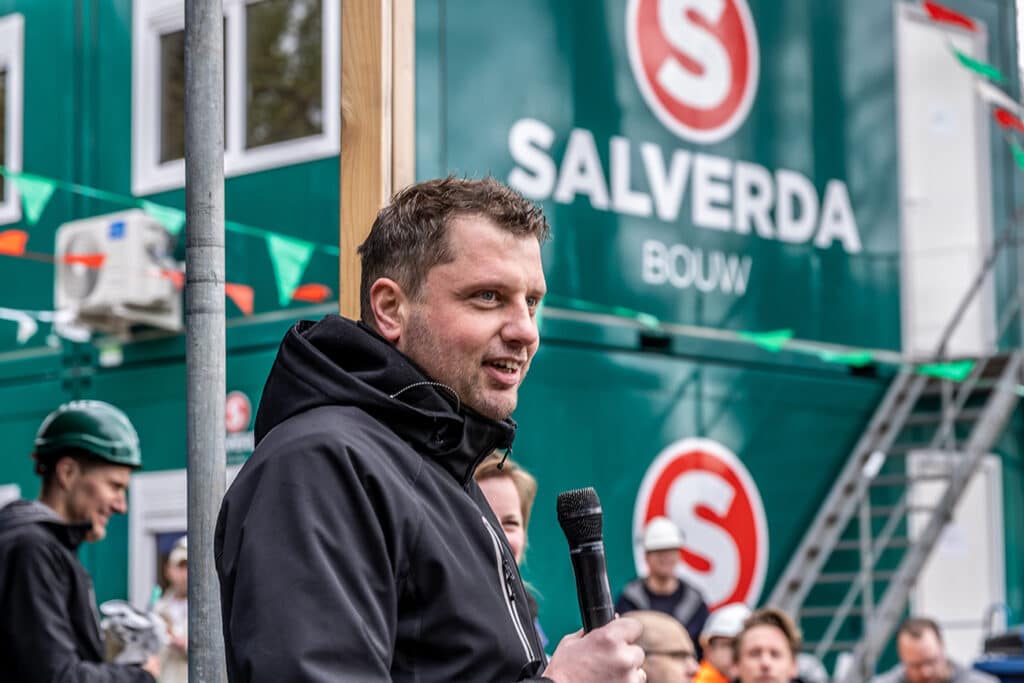
A fantastic job
Restoration and preservation of the ARTIS Aquarium
In 1881, ARTIS opened one of the finest aquariums of its time. Now, more than 140 years later, the building is up. The salt water in the aquariums has affected the national monument to such an extent that it has become unsafe. Salverda Bouw was given the historic task of restoring the ARTIS Aquarium and making it sustainable.
The ARTIS Aquarium, the Amsterdam Zoo's public favorite, closed its doors to visitors in February 2021. The 140-year-old monument was showing more and more defects: the aquarium tanks were leaking and the construction was badly corroded by rising salt from the aquariums. The beautiful moldings and natural stone and wood imitation painting were also damaged. So it was high time for a major restoration to preserve the aquarium for the future.
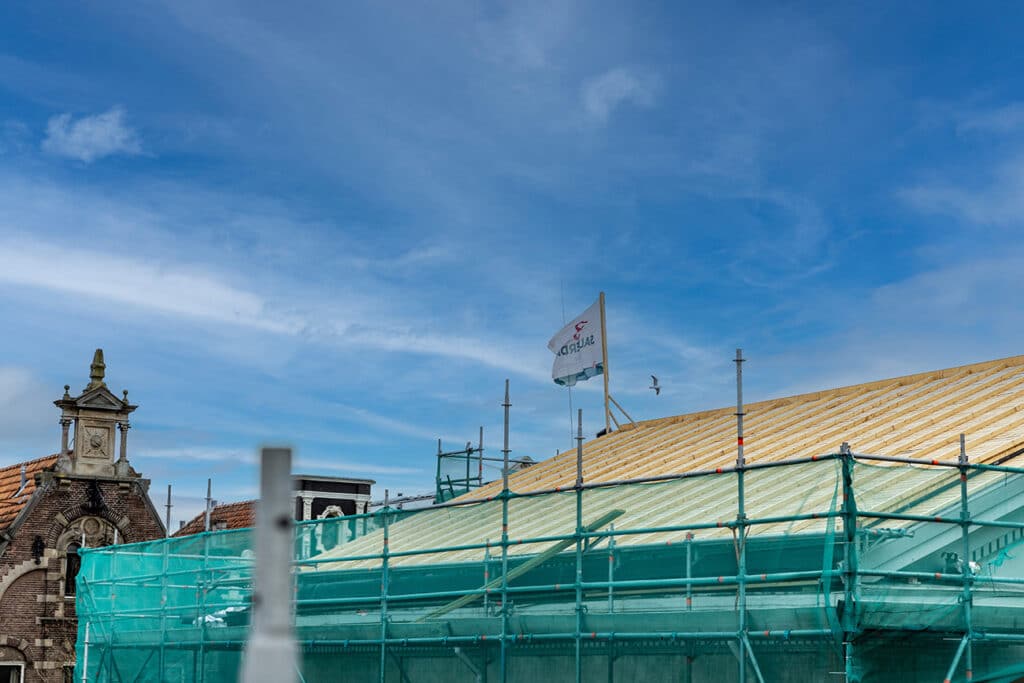
The more than one hundred different species of fish, corals and amphibians moved to other zoos and made way for the professionals of Salverda Bouw and its subcontractors Breman Utiliteit Zwolle (W-installations), SDR (E-installations) and Hellebrekers (water treatment). Salverda holds the ERM certificate and is thus a recognized restoration construction company for monuments. Its people know better than anyone else how to make a monumental public building future-proof. They previously restored the Anne Frank House, the Heineken Experience, Hotel Pulitzer and the monumental ARTIS Library in the capital.

Complex and challenging
Meanwhile, Salverda has been working on the ARTIS Aquarium with about fifty professionals every working day for more than a year and a half. The expected completion date is early 2025, so it will be some time before visitors can admire the final result.
"It's a fantastic job," says Arjan Visch, Salverda project manager at ARTIS. "Comprehensive, complex and challenging. That's what we love at Salverda. It started with the demolition. Much more debris came out of the ARTIS Aquarium than expected. We disposed of all the construction and demolition waste through walkways and windows. In addition, a million gallons of water remained in the building during the project. So we took structural measures to reinforce the building. Moreover, the conditions of the aquarium - the humidity and temperature - must remain the same from start to completion as much as possible. We monitor those continuously."
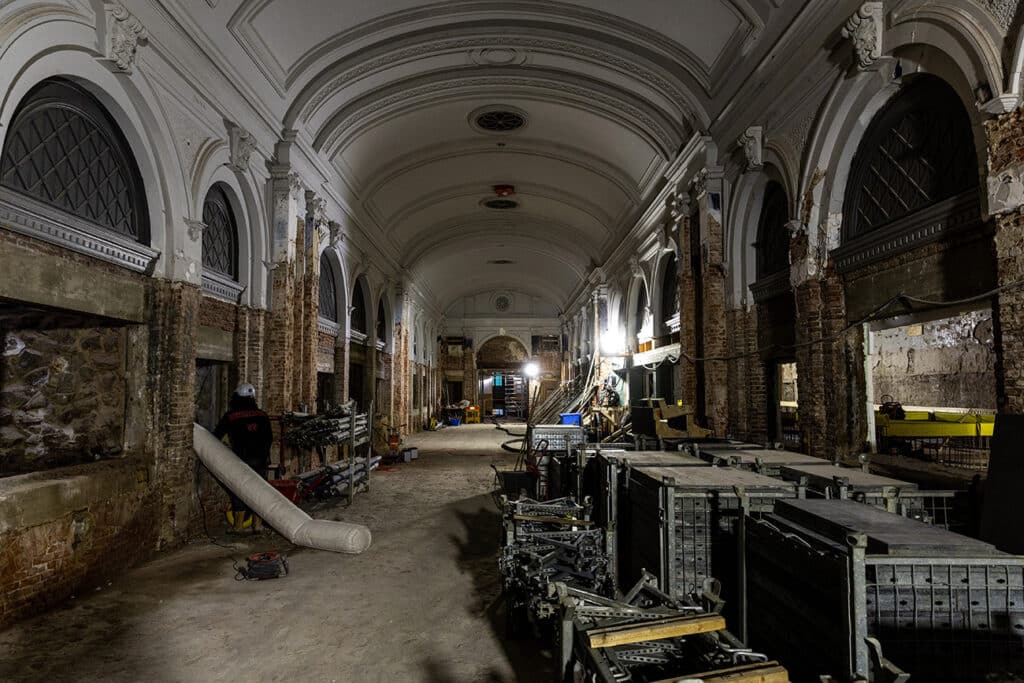
Structural highlights
A lot of work has already been done by Salverda and its subcontractors. The old saltwater tanks could no longer be saved and have been demolished. New, concrete aquarium tanks have since been installed on their own foundations. Visch: "A structural tour de force. It is a kind of built-in package: loosely engineered to control the settlement of the building." Progress can also be seen on the outside. "The entire roof is being insulated and fitted with zinc cladding and solar panels," Visch explains. "We're halfway there now. The facades have a new finish and the natural stone is being restored. In our own workshop, our colleagues have restored and imitated the first frames and windows and fitted them with monument glass."
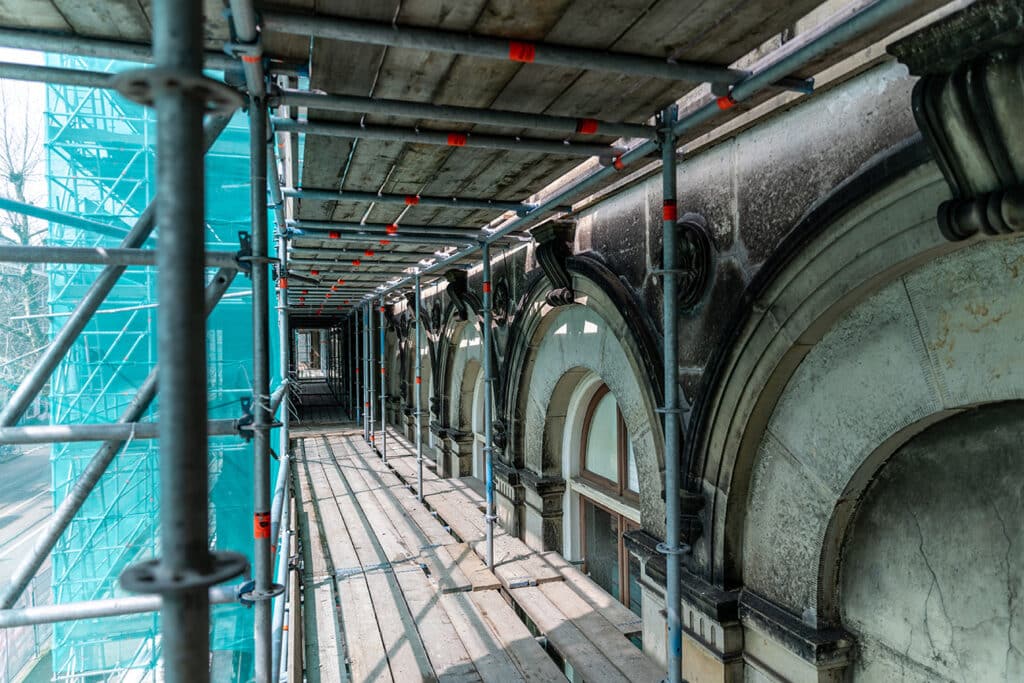
All work is closely monitored by the Rijksdienst voor Cultureel Erfgoed and the Monuments and Archaeology Department of the City of Amsterdam. Every three weeks they will visit the construction site to go over the plans and the execution of the work.
view.
After the construction period
The pace is brisk. After the construction period, pre-assembly of the installation work is on the agenda. Then, among other things, the sustainable HVAC installations and control technology and sanitary installations will be assembled. A job Salverda is entrusting to Breman Utiliteit Zwolle. "It is a nice challenge to fit new installations into a national monument," says Lucas Bos, Breman's project leader at ARTIS.
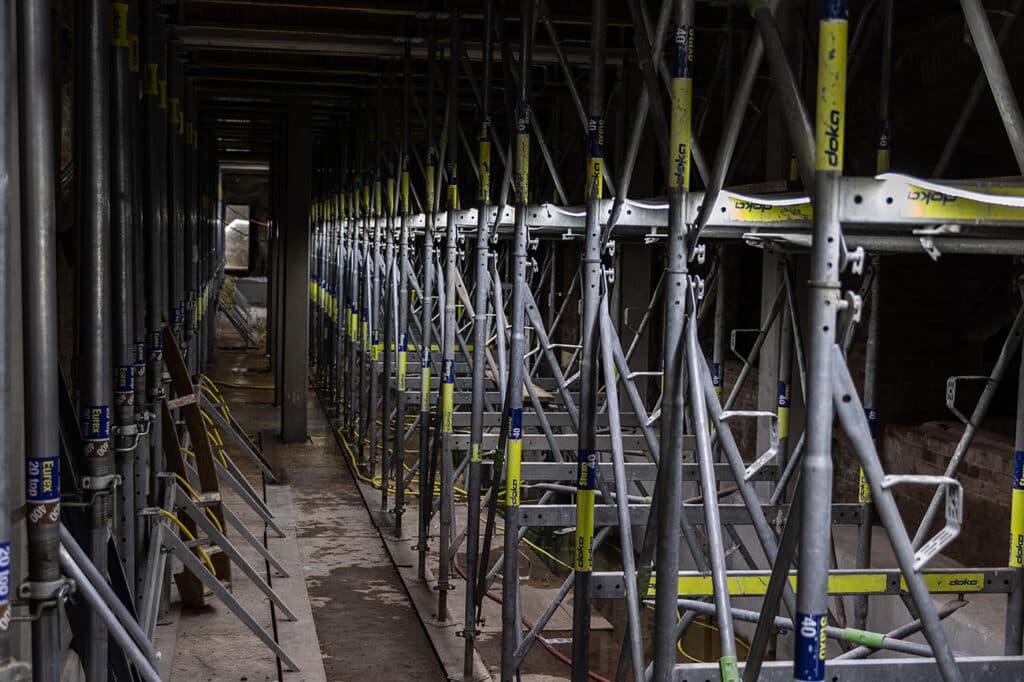
"And that it is then also approved by the architect. An example: in the monumental ceilings with beautiful cornices, air vents must be installed. These provide comfort for visitors, but the architect does not want them to stand out too much. Fitting them in is a challenge in itself. And then we also don't want to make any concessions in energetic solutions and comfort."
Beating heart of ARTIS Aquarium
Breman is known for its sustainable solutions. It also applies these in the monumental ARTIS Aquarium. With heat pumps, for example, it ensures that the new aquarium tanks are heated or cooled. "The heat and cold from the installation are also reused," Bos explains. "For example, when the installation cools, the released heat is used to heat the building." After the construction period, Breman's craftsmen will start working with this in the technical room in the basement of the building. Bos: "We will be tremendously busy there for a long time. It is the place where all the technology comes together: the beating heart of the aquarium. A lot is installed in the small filter cellar space: SDR, Hellebrekers and we have to work around each other. The order of work and technical coordination are very close."
But cooperation does sit well on the construction site. Bos: "Salverda and Breman often work together. The guys know each other. A few words are enough for us." Visch agrees. "The right guys are working in the right place. Although we sometimes face challenges, everyone remains enthusiastic. The working atmosphere is fantastic."
Professionals
In addition to the installation work, much more is planned after the summer. Elevators will be renewed and moved to make the ARTIS Aquarium accessible to everyone. There will be new passageways, new floors and ceilings, and everything will be plastered and painted. Monumental moldings and wood imitation painting will also be restored. "The work is going well," Visch concludes with satisfaction. "Soon the trick will be to make all parts of the work fit together optimally. We want to organize the completion as a 'train,' so that we can complete one room after another. I am confident that this will succeed. We are all professionals and have all the knowledge and experience to successfully complete this project in early 2025."
- Client ARTIS
- Constructor Duyts Building Structures
- Contractor Salverda Construction
- Installations Breman Utiliteit Zwolle (W-installations), SDR (E-installations) and Hellebrekers (water treatment).
